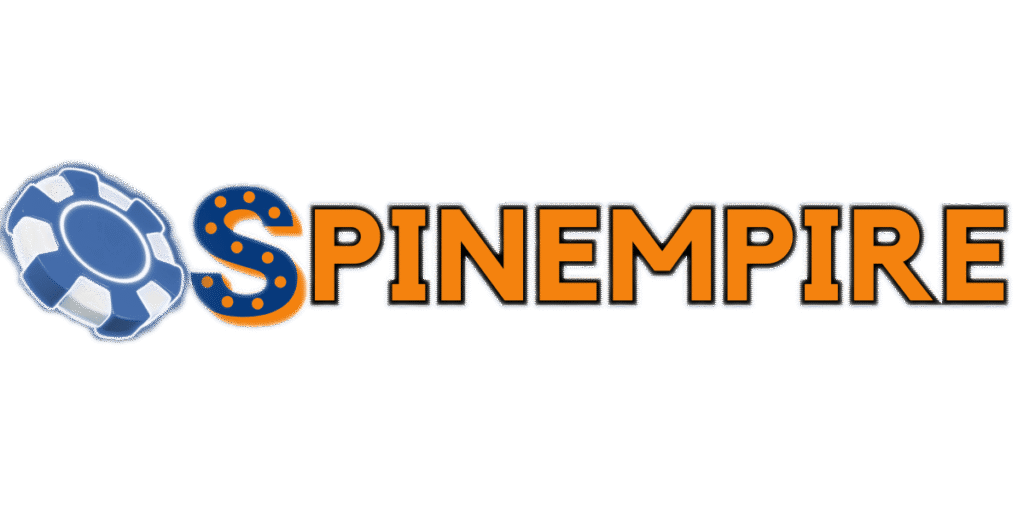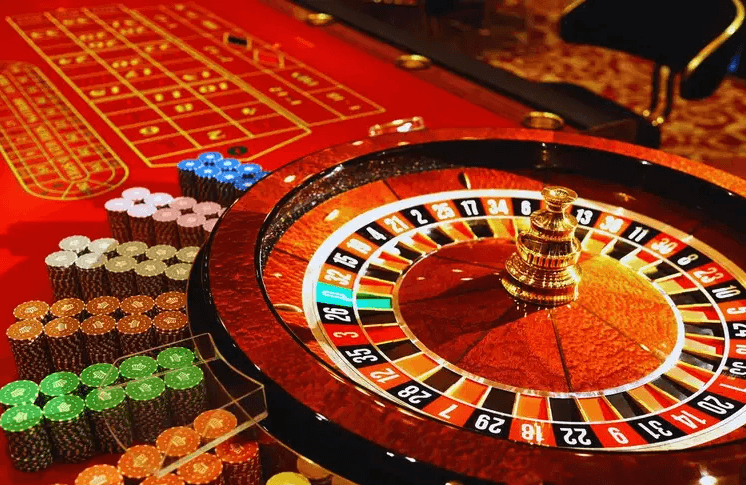Making Better Poker Choices: What You’ll Learn
- Understand the Role of Psychology in Poker: Learn how your mental state and psychological factors can influence your decision-making process at the poker table.
- Master the Fundamentals of Strategy: Gain insights into crucial poker strategies that enhance your ability to make informed decisions.
- Improve Probability and Risk Assessment Skills: Enhance your capability to evaluate odds, assess risks, and calculate probabilities for making better decisions.
- Develop Emotional Control and Tolerance: Discover techniques to manage anxiety and control emotions, ensuring they don’t impair your judgment during play.
- Adapt to Dynamic Game Situations: Get tips on how to stay flexible and adjust your strategy in response to changing game dynamics and opponents’ behaviors.
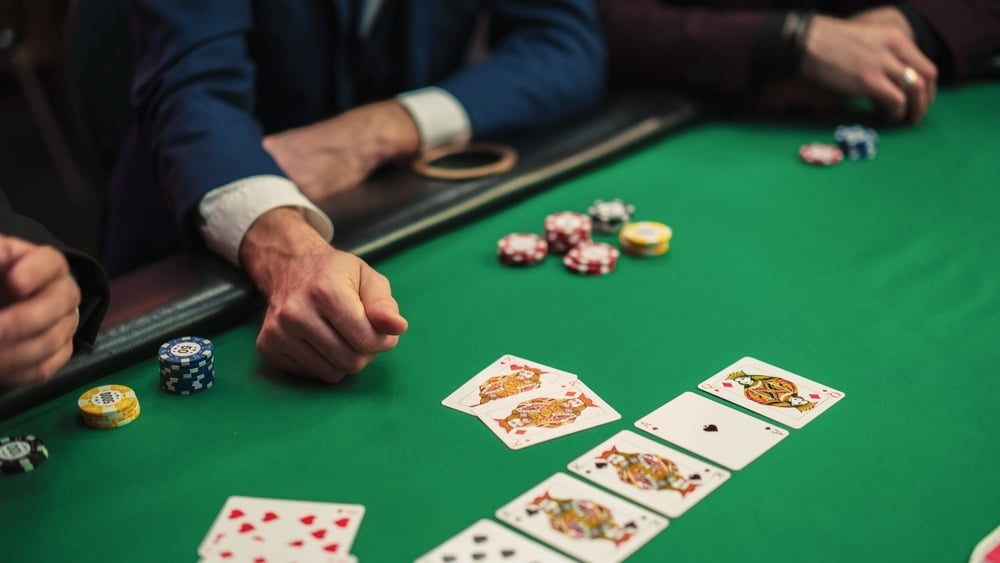
Image Credit: Kitreel/Shutterstock
Why Your Brain, Not Just Your Strategy, Determines Your Success
You’re deep in a poker tournament or mid-session at the cash game tables, and the action folds to you. It looks like a good opportunity to make a move. You’re not 100% sure (it’s close), but your gut says go for it. You pull the trigger. A few seconds later, you realize: that wasn’t the right play.
Sound familiar?
If you’ve been playing poker for any length of time, you’ve probably made decisions that didn’t align with what you knew was right. You studied the spot, understood the theory, but in the heat of the moment, something else took over.
This isn’t just a discipline problem. It’s a brain problem.
Poker is a decision-making game played under pressure, uncertainty, and emotional intensity.
Whether you’re firing MTTs or grinding long cash sessions, the quality of your choices drives your long-term results.
What most players don’t realize is that every decision at the table is shaped by your brain’s wiring—and that wiring can either work for you or against you.
The good news is that you can train your brain to make better decisions.
In this article, I’ll break down:
- What neuroscience tells us about how decisions are made under pressure
- Why your brain sometimes overrides logic with emotion
- How you can train your mental processes to stay sharp, steady, and in control
You’ll walk away with practical tools to improve your focus, reduce costly mental errors, and build a more consistent decision-making process.
What Happens in Your Brain When You Make a Decision
Every poker hand is a mini decision-making challenge. Do you raise, call, or fold? C-bet or check? Go for thin value or take the pot control route? While it seems like you’re logically weighing your options every time, neuroscience paints a more complex picture.
In reality, your brain runs two different systems simultaneously, often with very different agendas.
The Two Systems That Shape Your Poker Decisions
Psychologists often refer to System 1 and System 2 thinking, a framework popularized by Nobel laureate Daniel Kahneman:
- System 1 is fast, automatic, and intuitive.
It’s the part of your brain that instantly spots patterns, recognizes danger, or gets a gut feeling about a hand. It’s efficient, but prone to bias and emotional sway. - System 2 is slower, deliberate, and analytical.
It’s what you activate when you run through an opponent’s range, calculate pot odds, or plan future streets.
In poker, you need both. System 1 helps with snap decisions and pattern recognition. But System 2 is your strategic engine that pauses, evaluates, and makes well-reasoned choices.
The challenge? Under pressure, fatigue, or emotional stress, System 1 tends to take over. And that’s where problems arise.
Meet Your Inner Tug-of-War: Prefrontal Cortex vs. Amygdala
Two key brain areas shape your poker performance:
- The prefrontal cortex is the brain’s “executive center.”
It controls focus, planning, long-term thinking, and self-regulation. You want this part active when making poker decisions. - The amygdala is part of your emotional alarm system.
It reacts quickly to stress, threats, and uncertainty, such as taking a bad beat or bluffing in a big pot. It’s fast and protective, but not particularly logical.
When the stakes feel high—whether you’re approaching the money bubble or stuck a few buy-ins—the amygdala can hijack the system, overwhelming the prefrontal cortex.
That’s when players chase losses, call off light, or make bluffs they later regret.
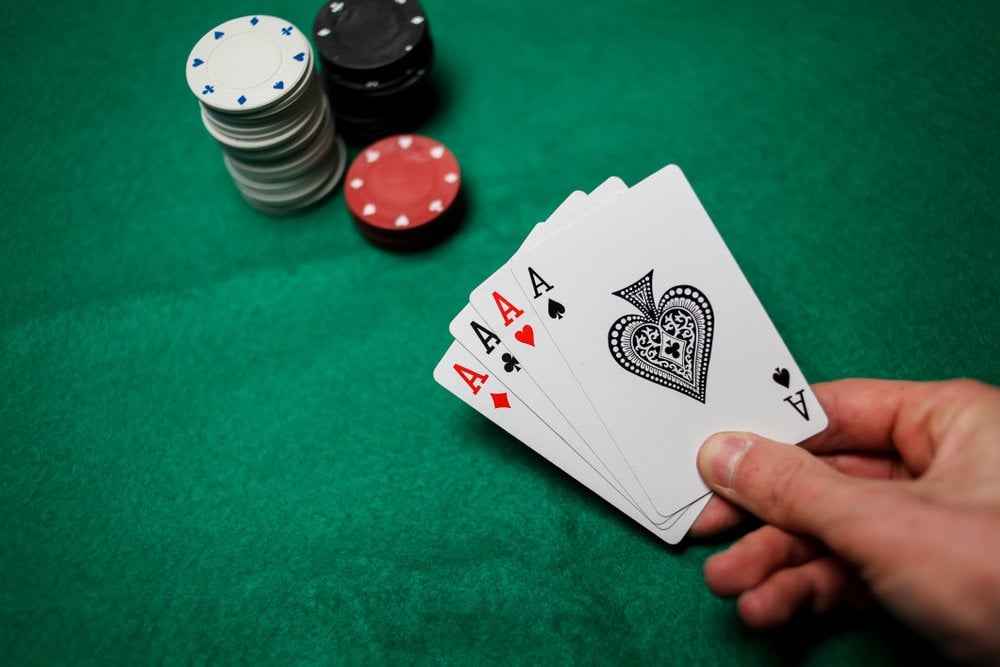
Image Credit: Kitreel/Shutterstock
The Role of Cognitive Load
Another factor that affects decision-making is cognitive load, which is the amount of mental energy required to process information.
When you’re multi-tabling online or playing live in a noisy cardroom, your brain juggles stack sizes, player tendencies, board textures, pot odds, and more. If your mental bandwidth becomes overloaded, decision quality drops. That’s when even strong players start defaulting to shortcuts or making flat-out mistakes.
Action Tip: Reduce Mental Clutter with a Simple Pre-Decision Routine
One of the best ways to support your prefrontal cortex and reduce impulsive errors is to standardize your decision-making process.
Before you act in a hand, run through a simple mental checklist:
- What’s my position?
- What’s the effective stack?
- What’s my opponent’s likely range?
- What’s my plan for future streets?
Building this quick routine keeps System 2 engaged and helps prevent emotionally reactive decisions.
The Most Common Brain Traps Poker Players Fall Into
Even if you’ve studied the game and understand good strategy, your brain can still betray you in the moment. Why? Because decision-making doesn’t happen in a vacuum. It happens in the context of emotion, stress, fatigue, and expectation.
Let’s look at four of the most common mental traps that derail poker decisions and how you can effectively deal with them.
1. Emotional Hijacking (Tilt)
This happens when emotions like anger, fear, or frustration override logic. The amygdala fires up, and the prefrontal cortex gets pushed into the back seat.
Signs of emotional hijacking include:
- Overplaying mediocre hands to “get even”
- Bluffing in hopeless spots
- Calling too light just to “see it through”
These decisions are driven by reactivity rather than strategy.
Mental Reset Tip:
Label what’s happening: “This is tilt. It’s an emotion, not a signal to act.”
Pause, take a few slow breaths, and recommit to your decision process.
2. Loss Aversion Bias
Our brains are wired to hate losing more than they enjoy winning. Research shows the pain of a loss is about twice as powerful as the pleasure of a win.
In poker, loss aversion shows up as:
- Folding too often when unsure (to avoid “losing” chips)
- Playing too conservatively when ahead (protecting a lead)
- Passing up +EV bluffs or value bets out of fear
Your brain is trying to protect you, but in doing so, it can sabotage your long-term profitability.
Reframe Tip:
Ask yourself: “What’s the most profitable play here, regardless of whether I win or lose this hand?”
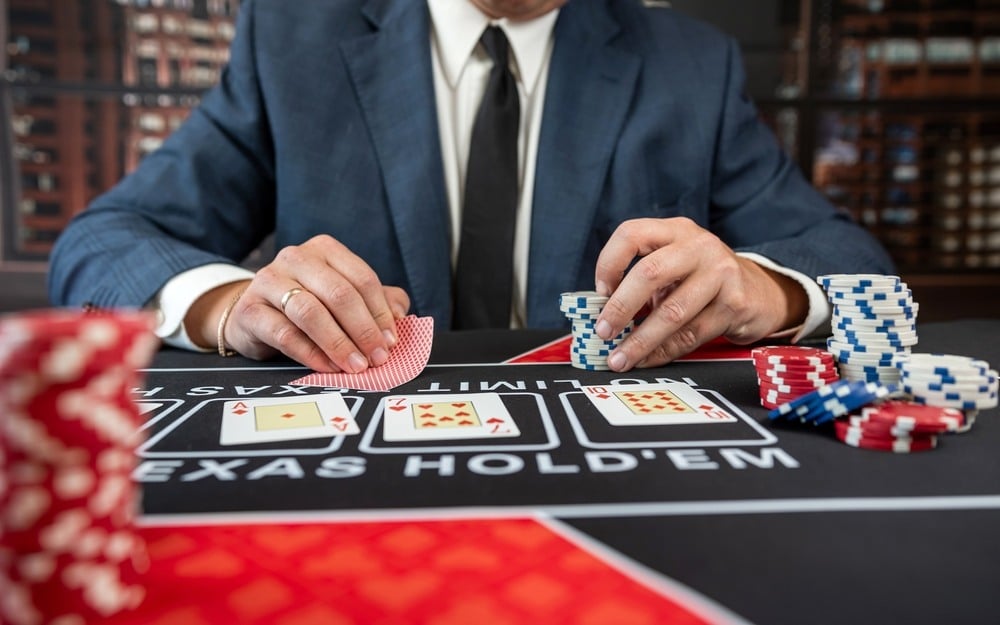
Image Credit: Alan Dale/Shutterstock
3. Confirmation Bias
Confirmation bias is the tendency to seek out information that supports your beliefs and overlook information that contradicts them.
At the poker table, it might look like:
- Assigning an opponent a range, then only noticing actions that confirm it
- Dismissing showdown hands that reveal a misread
- Ignoring evidence that contradicts your initial read
Mental Game Drill:
After a hand, ask: “What information did I overlook because I wanted to be right?”
Building this habit trains your brain to become more objective over time.
4. Ego-Driven Decisions
Ego is subtle but powerful at the table. It pushes you to win arguments, outplay regulars, and prove you belong.
It often leads to:
- Taking unnecessary risks to assert dominance
- Calling down just to prove someone wrong
- Overvaluing your reads instead of sticking to a solid strategy
These decisions may be emotionally satisfying, but they’re strategically costly.
Mindset Reframe:
Remind yourself: “I’m here to make the best decision, not to win every hand or be the hero.”
Detach from needing to “prove” anything, and focus on long-term success.
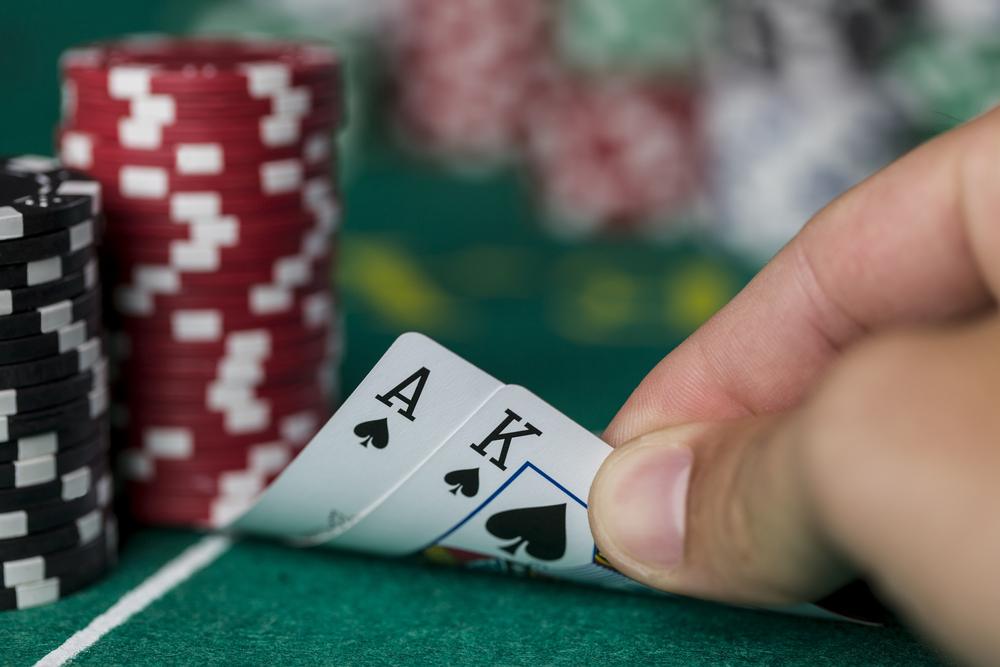
Image Credit: Roxon/Shutterstock
How to Strengthen Your Decision-Making Circuits
Here’s the encouraging truth: your brain is adaptable. It can learn, refine, and improve with the right kind of input. This process is called neuroplasticity, and it means that even if you’ve struggled with decision-making under pressure, you can train your brain to do better.
Poker isn’t just about knowing what to do. It’s about wiring yourself to do it consistently.
Let’s walk through a few science-backed ways to build stronger, more reliable decision-making skills at the table.
1. Practice Deliberately, Not Randomly
Deliberate practice is a focused, goal-oriented training method that helps experts in every field reach the top.
In poker, this means:
- Studying specific decision points (e.g., c-betting in 3-bet pots)
- Reviewing mistakes and asking, “What was my process here?”
- Practicing with intention—not just volume
This kind of structured repetition builds new neural pathways, and the more you fire them, the stronger they become.
2. Build Feedback Loops Your Brain Can Learn From
Your brain doesn’t learn just from experience—it learns from feedback. But in poker, results aren’t always reliable feedback.
To improve decision-making:
- Separate process quality from outcome
- Review hands, whether you won or lost
- Ask: “Would I make this decision again, given the same information?”
After each session, rate your decision-making (not your results) on a 1–5 scale. Ask yourself: “Was I focused? Did I follow my process? Did emotions creep in?”
3. Use Mental Reps and Visualization
Just like athletes rehearse free throws or golf swings, poker players can strengthen their decision-making through visualizations. Your brain doesn’t fully distinguish between imagined reps and real ones, making mental rehearsal a powerful tool.
Before a session, pick a common scenario, such as defending the BB against a BTN open.
Then visualize:
- Stack sizes
- Board textures
- Decision trees
- Your ideal response
Practicing visualization like this primes your brain for better execution during real hands.
